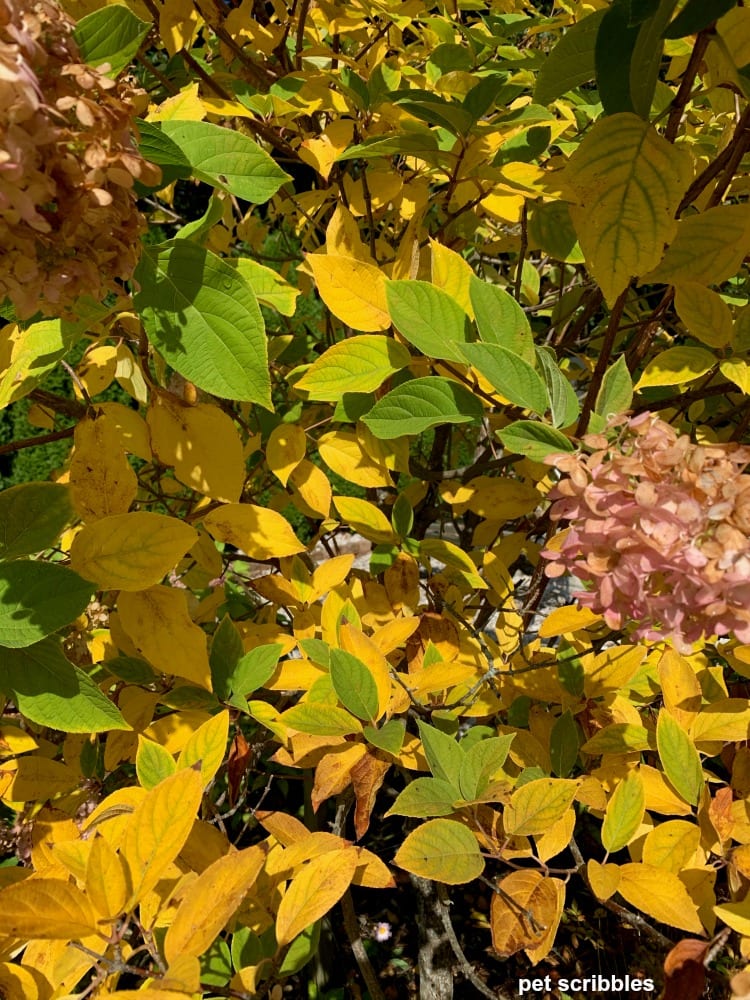Some Known Details About Hydrangea Leaves Turning Yellow
Table of ContentsFascination About Hydrangea Leaves Turning Yellow5 Easy Facts About Hydrangea Leaves Turning Yellow ExplainedAn Unbiased View of Hydrangea Leaves Turning YellowThe 7-Minute Rule for Hydrangea Leaves Turning Yellow
Big fallen leaves commonly look saggy during the afternoon warmth. When they stop working to perk up in the evening or still look shrivelled in the morning, your plant might be overwatered.Remove the plant from the soil and prune out any roots that aren't white and swollen (plump). Replant in a new area or function some sand right into the soil for better drain. Underwatering additionally creates delegates transform yellow with brownish, crispy sides. Don't try to remedy the problem by sprinkling excessively.
Add a little distilled water, mix the components, and drain pipes the extra water. Put a p, H screening strip in and wait for a reading. Conversely, you can use an economical dampness and ph screening meter which will also can be found in convenient later when you wish to examine your plant for underwatering and overwatering.
Sphagnum moss or peat moss prevents the dirt from condensing and betters soil drainage while also raising the dirt's level of acidity. You can spread sulfur chips in your hydrangea soil.
The 3-Minute Rule for Hydrangea Leaves Turning Yellow
This is one good factor to repot houseplants consistently (though there are others, such as root growth for example). It is likewise why houseplants need a much more stringent fertilizing regular than most outdoor plants. When a hydrangea houseplant lacks nutrients, its fallen leaves will certainly be the initial to show the indicators.
You will certainly likewise need to fertilize the plant manually and regular periods. When spring begins in March, it's the energetic growing season for many houseplants, consisting of hydrangeas.
The dripline is the area located under the vegetation that is the outermost away from the facility of the plant. So instead of using feed to the facility of the plant it is best to concentrate it mostly in the external locations of the pot. If you prefer to make use of a slow-release plant food such as granular or spike fertilizer, after that cover either type with some dirt after you place them.
How Hydrangea Leaves Turning Yellow can Save You Time, Stress, and Money.

Although the hydrangea is surprisingly frost-resistant, as soon as temperatures start entering into the 20s, the plant is in serious threat. If the temperatures are in the low 10s, that threat is a lot more severe still. Obviously this is even more of a worry with outdoor plants so if you maintain potted hydrangea outside you must bring them inside in very chilly climate problems or perhaps consider moving them inside throughout of the winter season.
A dehydrated hydrangea, A huge issue with numerous houseplants is root rot. Root rot happens when you overwater a plant and since it is such an usual problem (especially with succulents) numerous houseplant owners are frightened of overwatering their plants. Nonetheless, hydrangeas need even more watering that the majority of various other typical houseplants and can end up being dried out when they are underwatered (Hydrangea Leaves Turning Yellow).
Hydrangea Leaves Turning Yellow - Truths
They require generous amounts of water, but they likewise hate to grow in standing water or water soaked dirt. Be definitely sure that your hydrangea is dehydrated because of a lack of water and not as a result of it be given way too much water (a lot more on this later). Know before you grab that watering can that an overwatered hydrangea shows the very same signs as an underwatered one! Overwatering is a severe issue if you skimp on its water demands also a little bit, your hydrangea will certainly be fast to show it.
, you will swiftly tell if the plant needs water. To get your hydrangea watering habits on the right track, you require to be mindful about the dampness degrees in its soil.
When you eliminate your finger from damp soil it will have tiny quantities of dirt deposit stayed with it. Dry soil will certainly imply your finger comes out clean or with completely dry Check Out Your URL soil that is easily blown away. If it's moist, and the plant has yellow fallen leaves then the plant has actually likely been overwatered and you will need to follow the suggestions given in the section below.